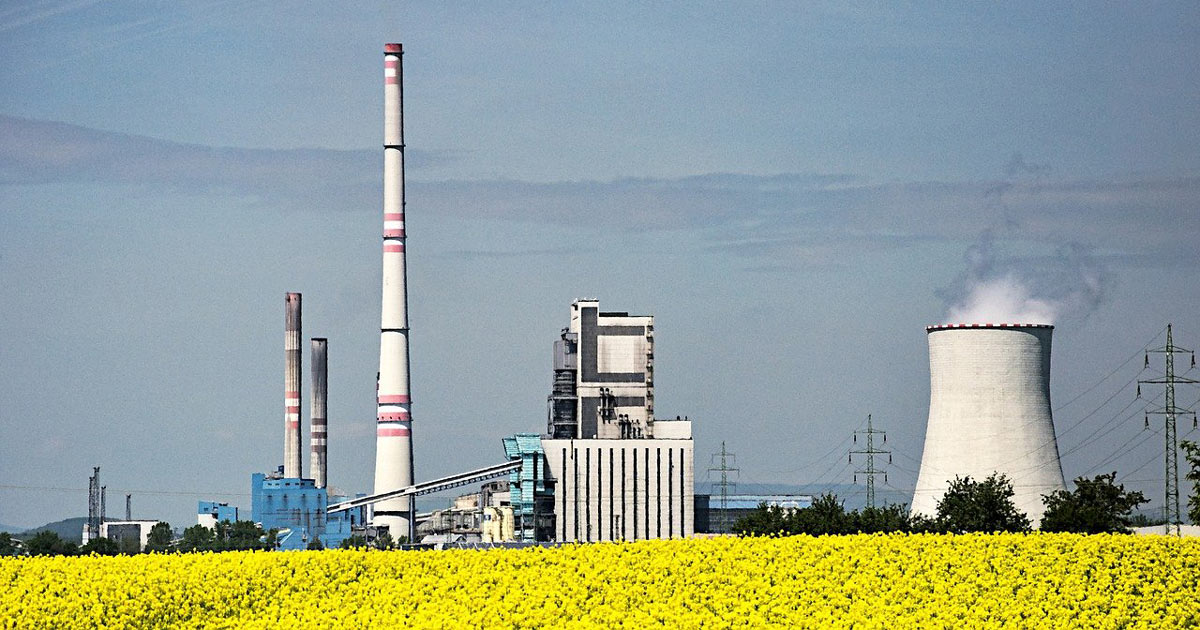With so much recent focus on renewable sources of energy such as wind and solar, it is forgivable if you forgot about the formidable biofuel infrastructure we already have in place.
According to U.S. Energy Information Administration data, there were 278 biofuel-producing plants in the United States in January 2021. Those plants have a combined production capacity of 21 billion gallons of fuel per year. Eighty-five percent of those facilities were making ethanol, 11 percent produced biodiesel and the remaining 4 percent were making some other form of renewable diesel.
Iowa, Nebraska, Illinois, South Dakota, Minnesota and Indiana, respectively, were the top ethanol producing states. Each state produces more than 1 billion gallons per year. For biodiesel, Iowa, Texas, Missouri, Illinois, Arkansas, Washington and Indiana are the top producing states, with each cranking out more than 100 million gallons per year.
To put this in some perspective, despite U.S. petroleum consumption hitting a 25-year low in 2020, we still consumed 18.1 million barrels per day. Since one barrel holds 42 gallons, that consumption is 760 million gallons of oil per day.
While biofuel may be a drop in our consumption bucket, its production is still a thriving industry in many U.S. states. And it poses a hazmat threat.
For example, the Occupational Safety and Health Administration warns that these operations present a fire and explosives hazard, a chemical reactivity hazard, and a toxic hazard. Here’s what OSHA has to say about the chemical reactivity threat.
“While ethanol production by fermentation involves biological reactions that do not present an explosive ‘run-away reaction’ hazard, some processes for making ethanol from materials such as wastepaper and wood chips use concentrated acids and bases, which can react vigorously with many materials. Also, the gasses produced during ethanol fermentation need to be properly vented to avoid over-pressuring equipment and piping.
“Biodiesel is produced by the chemical reaction of organic oils with an alcohol, typically using a strong base as a catalyst. The glycerin that is co-produced with the biodiesel is then often treated with acid. These reactions need to be carefully controlled. Failure to control potentially dangerous chemical reactions can lead to the rupture of equipment and piping, explosions, fires, and exposures to hazardous chemicals.”
And here’s what OSHA says about these plants’ toxicity threat.
“Biofuels and the chemicals used in their manufacture present toxic exposure hazards that need to be carefully controlled to protect workers. MSDSs should be consulted to determine the potential for toxic exposures to feedstocks, products, and other chemicals used in biofuel processes, including, but not limited to, methanol, caustic, sulfuric acid, ethanol, and biodiesel, as well as hydrocarbons used for blending and alcohol denaturing.”
Also Read: Three Takeaways from a Fertilizer Plant Fire
This industry is regulated by OSHA and other state and federal agencies. However, that doesn’t mean all operators play by the rules, and when they don’t hazmat teams are at even greater risk when something goes wrong on site.
For example, a biodiesel operation in Rhode Island paid the EPA $396,000 for among other things failing to properly report its chemical inventory, failing to have a spill prevention and control plan and failing to have a fire suppression system that met Clean Air Act requirements.
That may not seem like a big deal, until something goes wrong — like it did in mid-February when fire broke out at a northern Indiana biofuel operation. The Louis Dreyfus Company’s Claypool facility is by its own accounts the largest fully integrated soybean processing and biodiesel plant in the U.S. It can produce 88 million gallons per year.
Firefighters responded to a fire in one of the five-story baghouses, used to store dry soybeans. The Claypool fire chief told Ink Free News that it was a large dusty environment. Flames were visible upon arrival but died down after firefighters got to the roof. It took about two hours to ensure the fire was completely out. There was no fire spread and no injuries to firefighters or employees.
Also Read: Three Tips from Large Ethanol Spills
This past August, a plant in Missouri caught fire. This time it was the fuel itself that burned. The St. Joseph fire inspector told KQ2 it was like having a big grease fire. Firefighters used foam on the fire and water to cool the tanks.
And last year also saw deaths and injuries from biofuel plant explosions in India and China.
And while not to be a biofuel plant alarmist and cry that the sky is falling, there are safety concerns hazmat professionals need to be aware of when one of the nearly 300 facilities is in the neighborhood.
In 2019 researchers published a statistical analysis examining safety at biodiesel plants. They examined 93 incidents that spanned 2003 to 2017. Those who want to geek out on this analysis further, can find the paper here.
These sites are most likely housing and processing organic material, refining that into liquid fuel and transporting both these solid and liquid materials in and out of the facility by truck, rail or both. It behooves hazmat teams be aware of what sites they have in their response area and to work with local regulators to ensure they are meeting all the required safety regulations.
Original post – Copyright © 2022 HazmatNation.com. Externally linked references may hold their own independent copyright not assumed by HazmatNation











